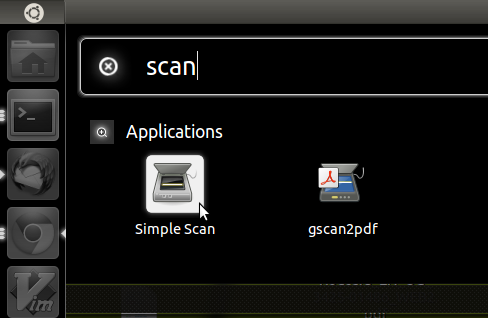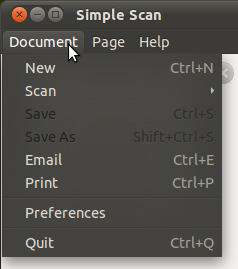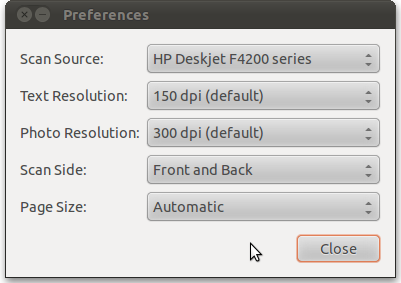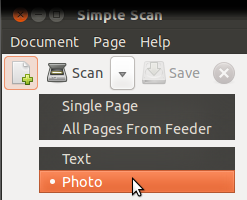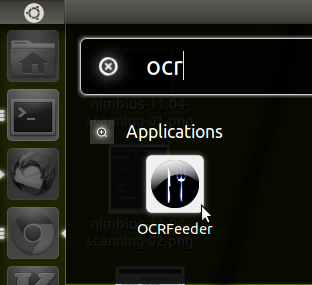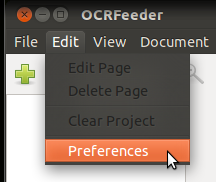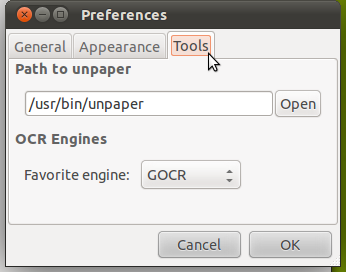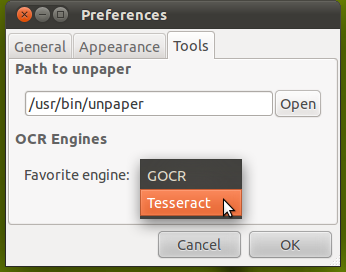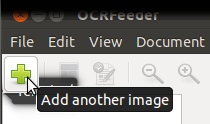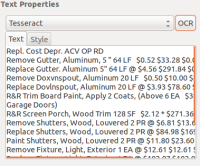nimbios_11.04_scanning
Table of Contents
Scanning
Required Reading
TOSHIBA eSTUDIO-453
TODO
A Generic USB-attached Scanner
For the purposes of this tutorial, we will be using the Simple Scan application.
- Connect your scanner to your computer with the USB cable.
- Click on
Simple Scan - Optional: Set your preferences
- Click:
Preferences - Click:
Close
- Position your document on the scanner, and click:
Scan
After a moment, an image should appear with your scanned document. - Click:
Save
Character Recognition
For the purposes of this tutorial, we will be using the OCRFeeder application.
- Click:
OCRFeeder - Optional: Set your preferences
- Click:
Edit - Character recognition is not actually performed by the OCRFeeder program. OCRFeeder is merely a pretty GUI interface that allows a user to easily use his or her choice of other programs. So among any other setting changes that you decide to make, be sure to choose your favorite character recognition program:
- Repeat for any other images that you want to process
- Click:
Automatic Detection and Recognition
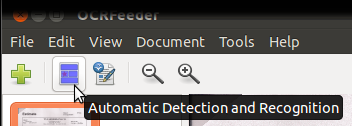
A set of green and blue rectangles will appear over the image. The green rectangles denote what OCRFeeder thinks are photos in the document, and the blue rectangles denote what OCRFeeder thinks are text. This will likely be terribly wrong! But that's okay, because we're going to tell OCRFeeder exactly what we want. - Using the boundary box settings, position the blue rectangle over the region that you want to convert into text. You can accomplish through any combination of (a) moving the blue rectangle with the mouse, (b) changing the numbers in the boundary box settings, and/or © clicking the up or down buttons next to the boundary box settings.

- You can now copy-and-paste this text into another program
Disclaimer
- NIMBioS IT staff will not take responsibility for your personal machine. The reader is expected to know how to administrate his or her own machine.
- The documentation above is merely for guidance. Menus, options, and commands presented may not match the reader's particular operating system, software, or versions.
- None of these documents have a brain. Readers are expected to provide their own.
nimbios_11.04_scanning.txt · Last modified: 2014/05/27 16:26 by peek

